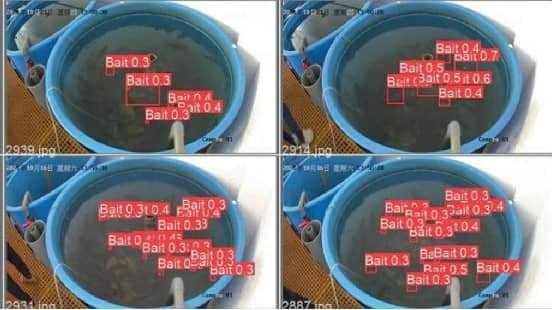South Africa.- The aquaculture sector has significant potential to create jobs for young people in Southern Africa.
In order to create a platform to bring in the aspects of aquaculture sectoral development, advocacy and policy dialogue, the Southern Africa Development Community supported by FAO’s Subregional Office for Southern Africa, Advance Africa, and the Africa Centre of Excellence in Aquaculture and Fisheries Science (Aquafish) / Lilongwe University of Agriculture and Natural Resources (LUANAR), organised a training course in South Africa.
This training provided a platform of knowledge and skills sharing among stakeholders for strengthened capacity in aquaculture management, business development, investment and technologies and thus contributing towards sustainable aquaculture expertise in the region.
The goal of this aquaculture training program is to promote entrepreneurship ventures in aquaculture value chains for increased incomes for food and nutrition security in Southern Africa, and build capacities of start-up and existing businesses – in particular those owned by youth.
This initiative also provides a platform for the private and public sectors to exchange and learn on issues to do with sustainable aquaculture development specific to each of the SADC member states. Partners working with the SADC and FAO include Advance Africa, who bring a vast private sector experience to these platforms; and the African Centre of Excellence for Fisheries and Aquaculture (Aquafish) who are based at the Lilongwe University of Agriculture and Natural Resources (LUANAR) and have been assisting the region with entrepreneurship and business trainings.
Acting Deputy Director General of Fisheries of the Department of Agriculture, Forestry and Fisheries of the Government of South Africa Mr Belemane Semoli highlighted the importance of such platforms and trainings as a stimulus for young people to become active participants in the aquaculture value chain within the SADC region, and policy makers to support the young people in their process to establish viable businesses.
The theme of this getting together of private and public sector across SADC was “entrepreneurship in aquaculture for industrial development and job creation” to ensure market-led sustainable improvements in the aquaculture value chain in the region. The theme was responding to 2019 theme for SADC “A Conducive Environment for Inclusive and Sustainable Industrial Development, Increased Intra-Regional Trade and Job Creation”.
Stay Always Informed
Join our communities to instantly receive the most important news, reports, and analysis from the aquaculture industry.
Some of the most important outcomes of this platform were capacitated young entrepreneurs and public sector representatives in understanding and tackling the challenges of developing successful businesses in the aquaculture value chain; and a comprehensive needs assessment for management and development of aquaculture in the SADC member countries.
In June 2019, SADC Ministers approved Best Practice Aquaculture Management Guidelines (BPAM) developed for the region. A series of trainings were implemented to capacitate SADC Member States to implement best practice aquaculture management, as well as on the animal feed sector management.
Since 2017, the Southern Africa Development Community (SADC) with the technical support of the FAO, have developed and are implementing joint and agreed programs as well as work plans in a number of areas in the inland fisheries and aquaculture sectors in the region, including policy and management support to the sector, genetics, and value-chain development initiatives.
Sub-Saharan Africa has the lowest levels of per capita fish consumption in the world. Africans consume only approximately half of the global and Asian per capita averages. The reason for this is clear – there is a fish deficit estimated at about 2.5 million mertric tons for 2020 and this is expected to five-fold up to 2050. In other words, imports are unlikely to match demand. The current year on year growth rate of the aquaculture sector in Sub-Saharan Africa is approximately 4.5% per annum. To cover the deficit, required average growth rates would be 37% per annum in Sub-Saharan Africa and 8% per annum in North Africa. This clearly indicates prospects for development.
There has been positive growth in fish farming in the SADC region and aquaculture is also a source of year-round, better-paying jobs in a number of countries such as Madagascar, Zambia, Zimbabwe. In tilapia farms of Sub-Saharan Africa, over 70 percent of the jobs are full-time. In the SADC region, Zambia is the biggest producer of tilapia and has become the sixth-largest producer of farmed fish in Africa.
Source: FAO
Editor at the digital magazine AquaHoy. He holds a degree in Aquaculture Biology from the National University of Santa (UNS) and a Master’s degree in Science and Innovation Management from the Polytechnic University of Valencia, with postgraduate diplomas in Business Innovation and Innovation Management. He possesses extensive experience in the aquaculture and fisheries sector, having led the Fisheries Innovation Unit of the National Program for Innovation in Fisheries and Aquaculture (PNIPA). He has served as a senior consultant in technology watch, an innovation project formulator and advisor, and a lecturer at UNS. He is a member of the Peruvian College of Biologists and was recognized by the World Aquaculture Society (WAS) in 2016 for his contribution to aquaculture.




